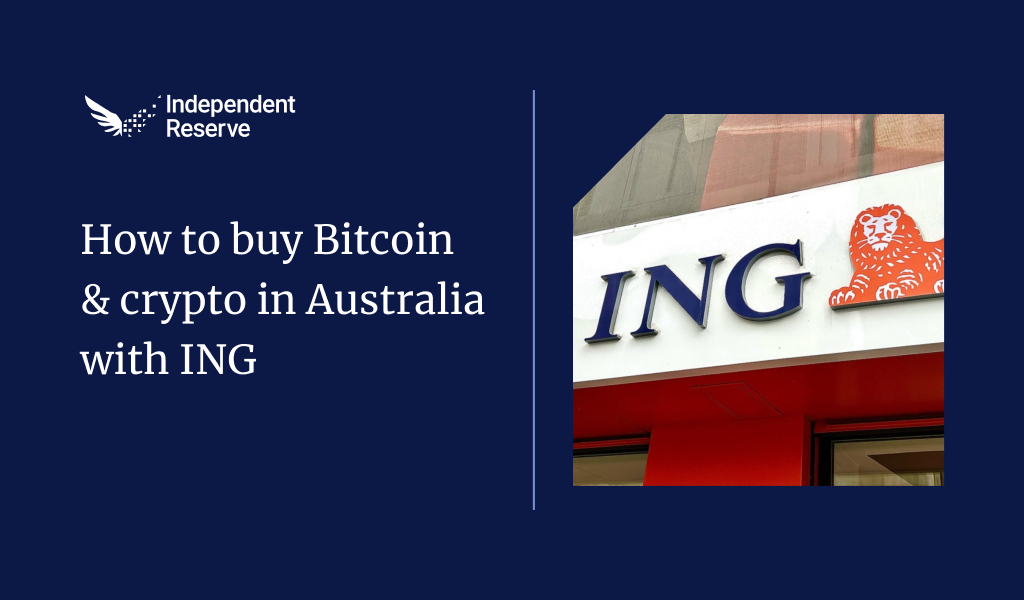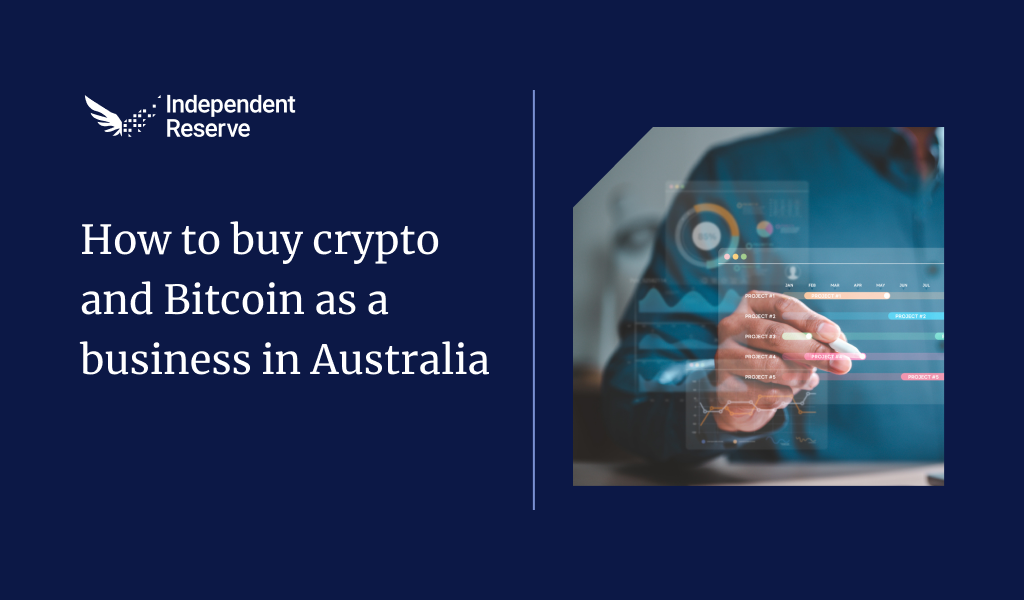In Markets
Bitcoin has had a rocky week, with US$400 billion (AU$544B) wiped off markets on the day the Bitcoin Law went into effect in El Salvador. It finishes the week down 13.6% to trade around US$45.1K or AU$61,150. That’s also 4.5% down on a month ago. TVL locked in DeFi protocols has dropped from US$98.26B (AU$133.3B) to US$85.85B (AU$116.5B). Polkadot was a rare green shot, increasing by 3.4% but everything else lost ground including Ether (-17.2%), Cardano (-14.7%), Ripple (-17.9%), Chainlink (-23.2%). The Fear and Greed Index has pulled back to 44 (fear) which is down from 79 (extreme greed) last week. In more promising news, MicroStrategy has just bought 5,050 Bitcoin for an average price of US$48,099 (AU$65.3K) bringing its total to 114,042 BTC.
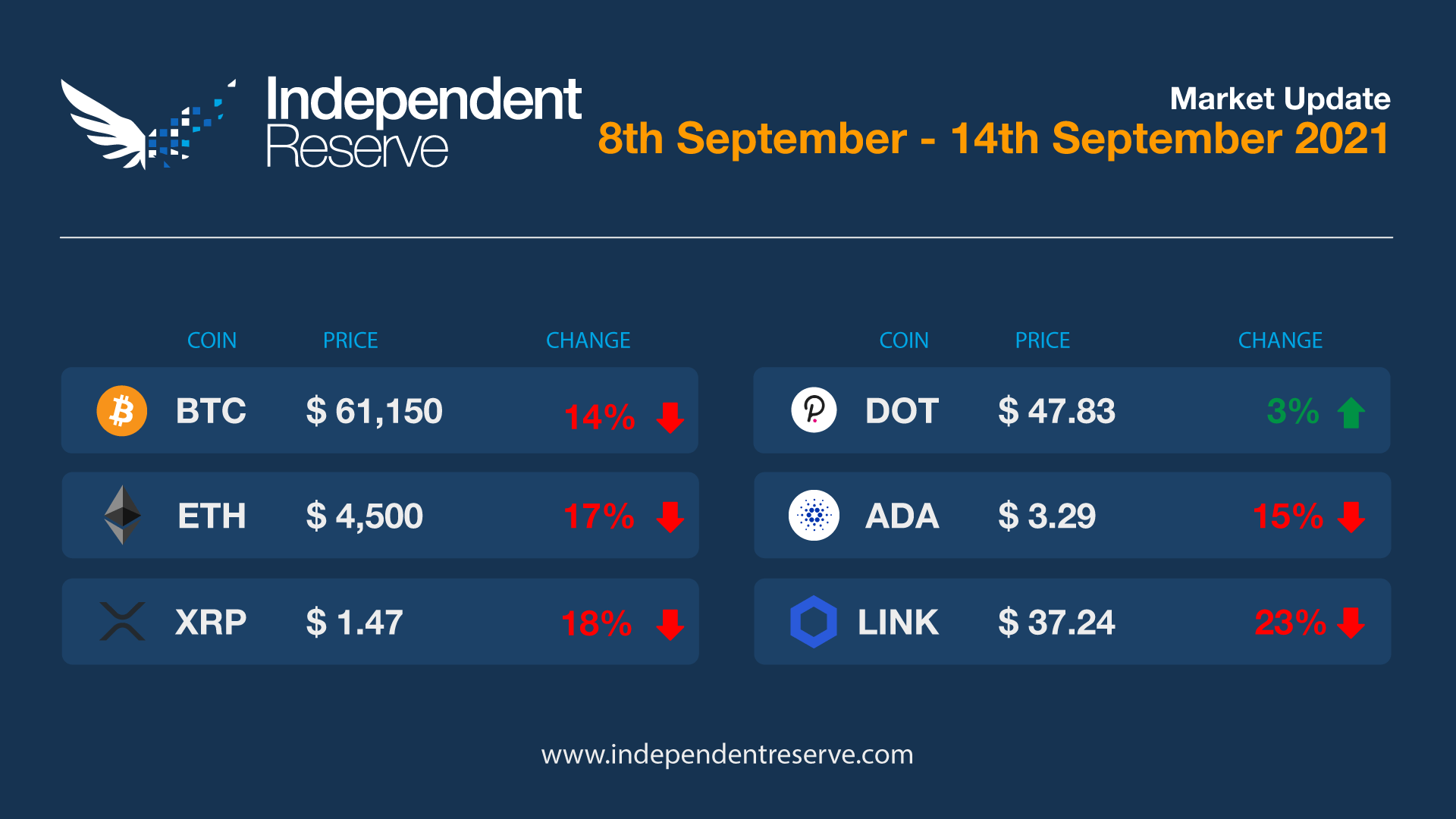
From the IR OTC Desk
The RBA have continued their steady approach to policy, despite the material disruptions from the Delta restrictions on the Australian economy: And have remained broadly positive that a responsive uplift will occur when things begin to reopen. Due to the uncertainty around this timing however, they have extended the bond purchase program – which currently sits at AU$4B per week and was due to end in November 2021 – to a mid-February 2022 expiry. The significance of the lockdowns may become more observable this week, with August employment data due Thursday. Market expectation is for an unemployment rate increase from 4.6% to 4.9%.
Offshore, US CPI (Tuesday) and retail sales (Thursday) will be important data points for the upcoming FOMC meeting on September 22. Previously we have spoken about the current high rates of US inflation – this week the market will look for an indication these high rates are now stabilising, and review the underlying inflationary items within the basket for clues they may prove transitory. The US retail data has softened with the most recent Delta outbreak – similarly, the market is looking for a sign this may have now passed.
On the OTC desk, this week has proven difficult to pinpoint any one theme. We continue to see a high volume of stable coin transactions, and good two-way flow in the majors. While the technical aspects of L1 and L2 blockchain adoption remain incredibly topical, involvement has appeared to be more opportunistic.
For any trading needs, please don’t hesitate to get in touch.
In Headlines
Historic week for Bitcoin
This week saw Bitcoin miners produce the 700,000th block since the network launched. At the last 100,000 block milestone, BTC was worth less than $8K (AU$10.9K). Around 89.5% of all the coins that will ever be produced have now been mined.
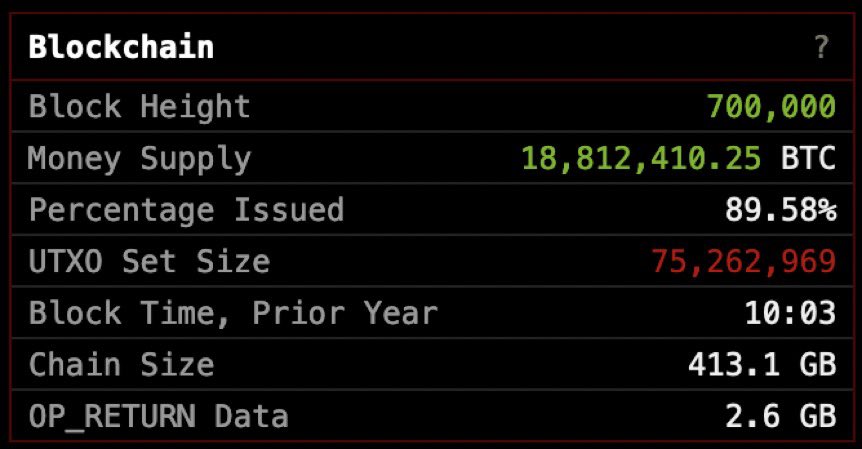
700,000th Bitcoin block
Litecoin pump on fake news
The Litecoin price pumped by a third overnight on fake news about a partnership with Walmart. A press release sent from a fake account on GlobeNewswire was retweeted by Litecoin’s social media team and then picked up by CNBC, Reuters, Yahoo. GlobeNewswire said it is putting in place “enhanced authentication steps to prevent this isolated incident from occurring in the future.”
El Bitcoin
The first week of Bitcoin being legal tender in El Salvador did not go as smoothly as hoped. The price plunged from almost AU$71,000 down to around $60,500 immediately afterward (the government bought 150 BTC in the dip) and while the Chivo wallet app hit number one spot in the iOS app store, technical difficulties meant they had to keep taking it offline in the early hours to fix it up. According to Bloomberg, El Salvador’s bond yield has inverted due to uncertainty around the law. But Nick Spanos, co-founder of Zap Protocol, downplayed suggestions of a bumpy rollout. “I’m in El Salvador right now and things are looking spectacular,” he said. More recently, the El Salvadoran government has announced it will exempt investors from capital gains and income tax on Bitcoin.
Ethereum slow but getting faster
Shark Tank star Kevin O’Leary slammed Ethereum for being congested. “I find Ethereum, as a user, it’s too slow. And so, there’s going to be other chains that are going to emerge,” he said. Second layer scaling solutions have arrived to speed things up and have amassed US$3B (AU$4.1B) in total value locked so far – or around 1% of the total supply. It’s early days for scaling though and there are risks: Arbitrum reportedly still has a single admin key that if it fell into the wrong hands could be disastrous.
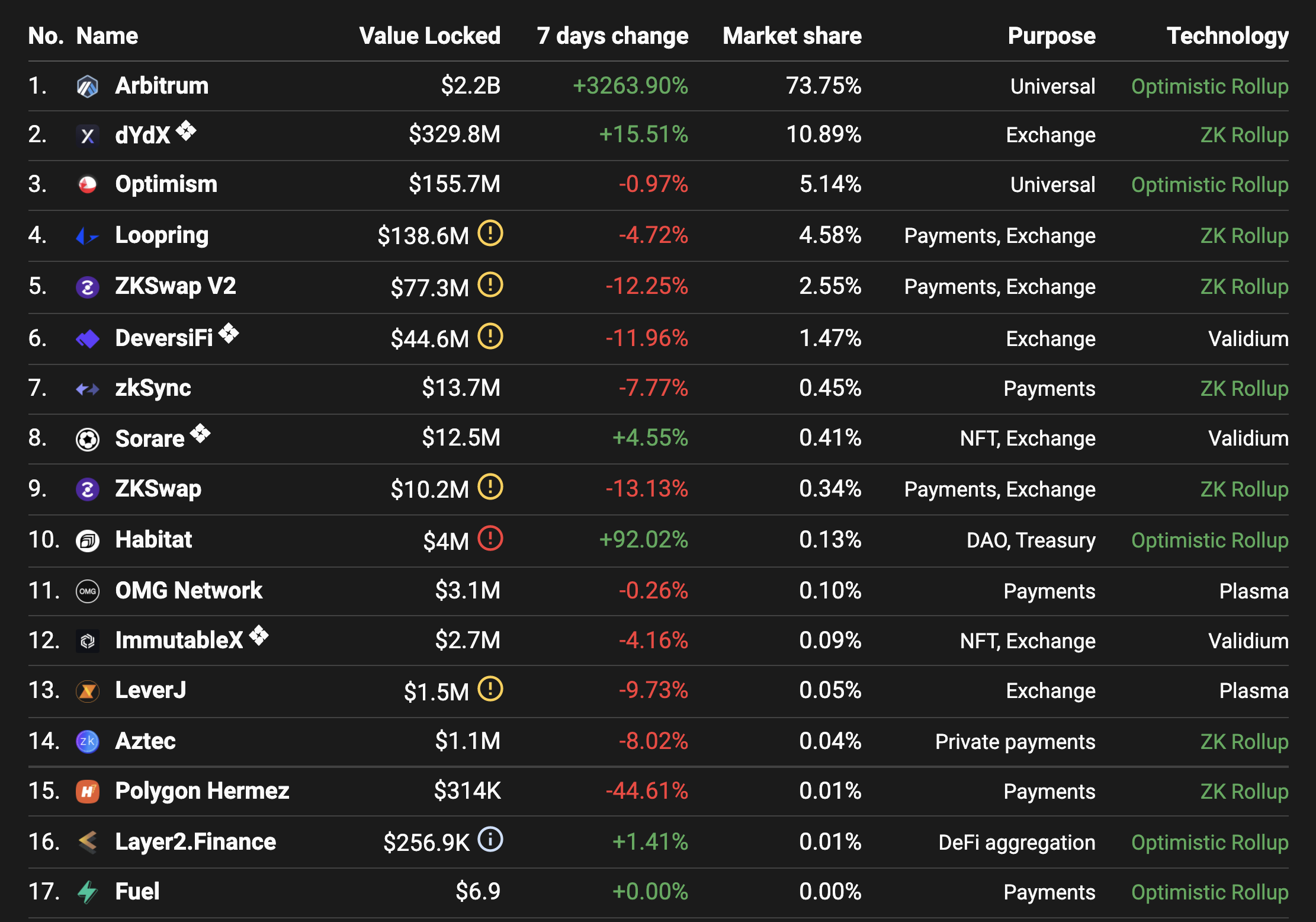
ETH L2 rankings by assets, Sep 2021 – Trustnodes
Senate inquiry
Afterpay this week told the Senate inquiry into Australia as a Technology and Financial Centre that merchants could slash payment costs by embracing crypto – and said it would be keen to offer crypto services once the regulatory environment becomes clearer. The inquiry also heard from crypto businesses that have been de-banked including Bitcoin Babe, who said her accounts have been shut 91 times. Global payments unicorn Nium said two of the big four banks had shut down its accounts without warning in the past year – a situation unique across the other 40 countries it works in.
Alonzo is live
Cardano’s Alonzo upgrade recently went live, introducing smart contract capabilities and paving the way for a host of new DeFi projects, NFTs and stable coins to be launched. However, a blog post from Input Output cautioned against high expectations in the short term: “Cardano watchers may be expecting a sophisticated ecosystem of consumer-ready DApps available immediately after the upgrade. Expectations need to be managed here,” it said. The smart contract building platform ‘Plutus’ allows both technical and non-technical users to build dApps onto the ecosystem, although as communicated, it is likely that much time will be needed before these upcoming dApps can fully materialise onto the mainnet.
Bitcoin and Ethereum prediction
Multinational financial services company Standard Chartered’s cryptocurrency research unit has tipped Bitcoin will top US$100,000 (AU$136K) either later this year or early 2022. The analysts also believe Ether is “structurally” valued at US$26,000 (AU$35K) to US$35,000 (AU$47.6K), but it won’t hit those prices until BTC tops US$175K (AU$238K). “As a medium of exchange, Bitcoin may become the dominant peer-to-peer payment method for the global unbanked in a future cashless world,” unit head Geoffrey Kendrick said in a note sent to clients.
CBDCs and negative interest rates
In a recent Wall Street Journal article, senior columnist James Mackintosh argued that CBDCs could negatively affect interest rates via this additional policymaker tool. Furthering that the difference between a CBDC and cash would become accentuated if interest rates turned negative. The inclination to hold physical cash to “earn zero” instead of losing money on a digital dollar issued by the central bank could take place amongst people. He added that central banks will have more leverage with interest rates if issuing digital dollars that can’t be stashed under the mattress. Conversely, Wolfram Seidmann, CEO of G+D Currency Technology, points out, “programmable money is designed with in-built rules that constrain the user. These rules could mean that money expires after a fixed date or its use is restricted to a certain set of goods.”
Until next week, happy trading!

